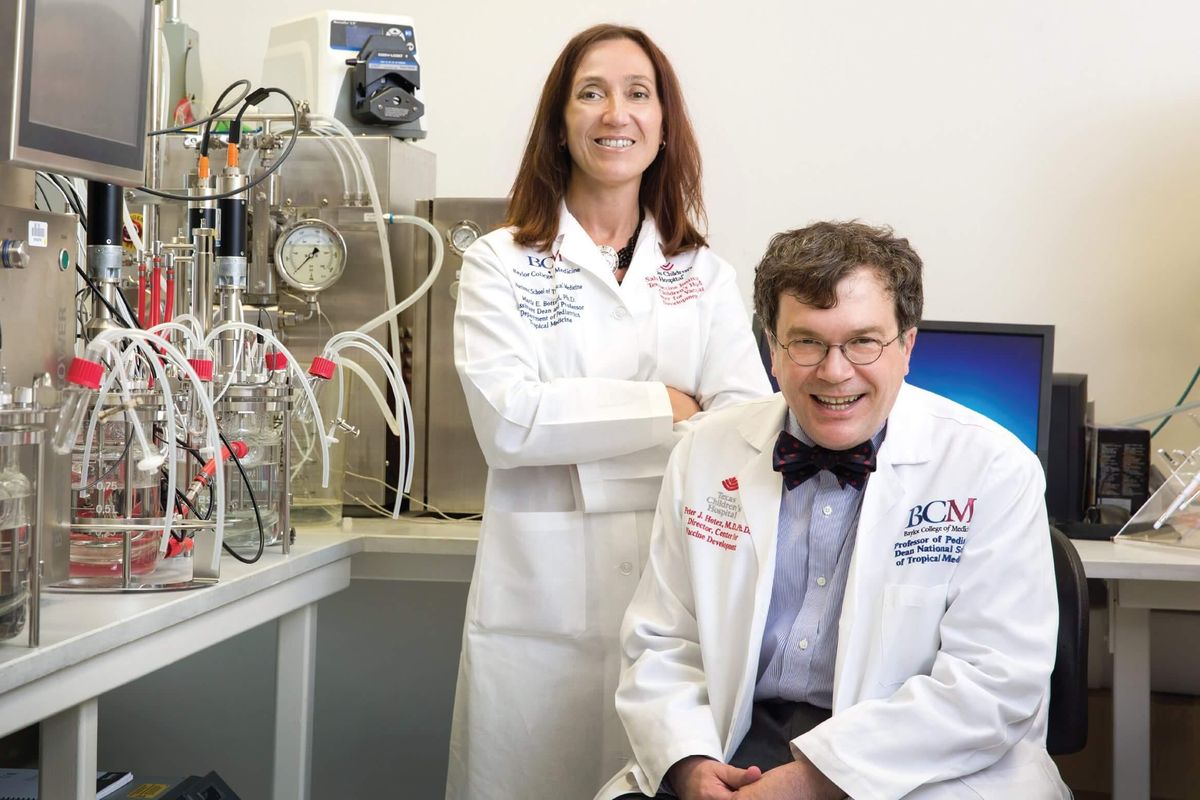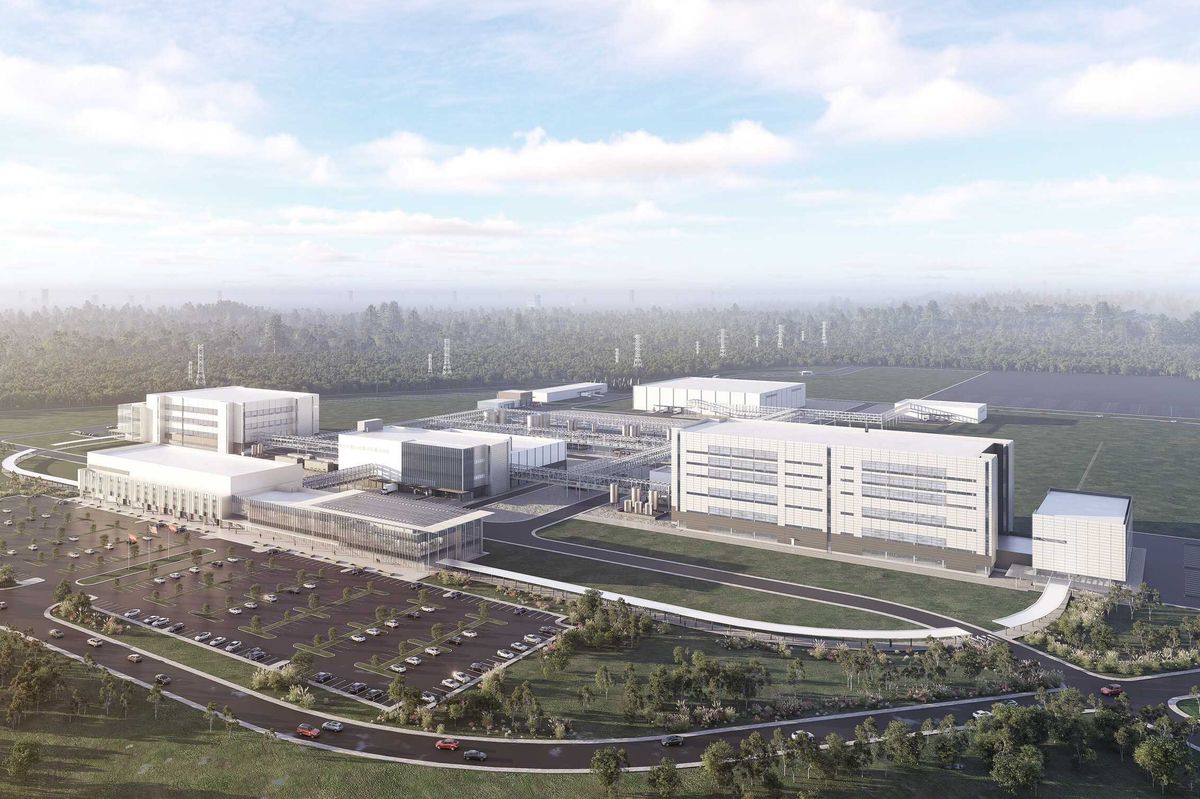Houston expert: Navigating the energy transition is a dance between incumbents and startups
guest column
There is so much good to say about the state of innovation toward a lower carbon future. All the necessary ingredients seem to be here – passionate, committed and incredibly sharp innovators, capital support from seed to growth, incumbent corporations that are looking to decarbonize their base businesses and build new ones, and government agencies that have developed the incentives and programs that are needed to help navigate over the traditional valleys of death.
Why then is this so hard?
I spend a lot of my time now listening and learning from the startups (the mice) and the incumbent corporations (the elephant) and then looking for ways to help them better collaborate.
The questions I frequently get asked from both sides reflect the different worlds they live in. Many mice don’t know who to engage within the elephants — or, more importantly, how to engage with them. Nor is it often clear what the elephant might want to get out of a collaboration. Many elephants envision collaboration with startups at the conceptual level but don’t know how best to find the most promising ones nor what to do once they locate a promising one. There could likely be an entire book on the dance but for this article, let’s focus on the very early part of the dance.
Let’s assume that some early diligence has been done on one or both sides. Of course, we all know that most relationships start by one party pursuing the other (rather than some magical meeting at the center of the dance floor). Knowing the why for both parties is one of the best starts. Here’s some questions that might help with this.
For the startup, are you looking for validation of your technology solution, investment, pilots, customers, a development partner, a commercial or operating partner, an ultimate exit, or maybe all of the above? What stage of development are you at? This collaboration is key to your success; how important is it to the elephant’s success? Would your tech live outside of their fence line or within? The answers to these questions can help pinpoint where in the elephant you want to target for your initial discussions as well as start to figure out the elephant’s why.
For the incumbant corporation, are you looking for potential solutions to problems in your base business? Possible new businesses? Understanding of the landscape with a view on both threats and opportunities? How important is this problem to solve in the priorities of your company? How does the startup’s problem definition align with one that your company wants to address? What is your experience with trialing new technology? Are you okay with a startup that is backed by one of your competitors? How easily will it be to make the argument internally to get resources to deepen a relationship? If, given the go ahead internally, do you have team members that have the time and capability to collaborate with the startup? Are you willing to have it known that you are collaborating with the startup?
There are lots of questions here and the why is often an iterative journey for both sides. It is as much mindset, influence, strategy, champions, and risk tolerance at individual levels as it about technology and economics.
Let’s hope these questions get you out on the dance floor with a promising partner.
------
Barbara J. Burger is a startup adviser and mentor and serves on the board of directors for Greentown Labs. She previously led corporate innovation for two decades at Chevron.




















